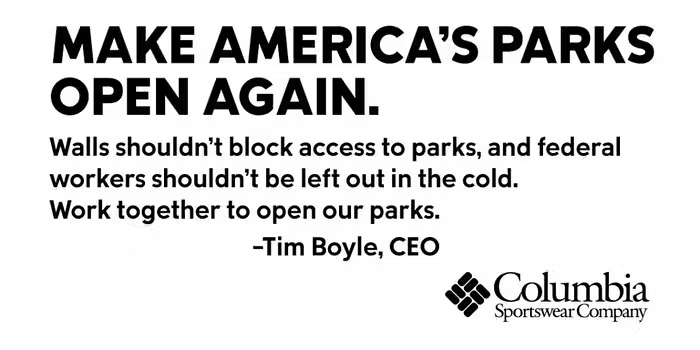Insights
Brand Strategy: Why Building Trust For Your Brand Matters
I have a very crude test for whether I trust a brand. When it comes to sharing my personal information with them, do I use my primary email or a junk email? Do I follow them on social media, or not? You may do this too, as most people have a way of protecting access to themselves. Brands I let into my world align with my personal values and provide highly relevant information. They’ve also shown a sensitivity to their volume of communication. In short, they’ve earned my trust.
But what is it about their brand strategy that builds trust?
Who to trust
Anybody who follows public opinion knows that trust in society’s institutions has been on the decline for decades. Gallup has tracked public opinion over the years; with a couple of exceptions, you can see a slow, perceptible erosion. Our public relations industry colleagues at Edelman release an annual Trust Barometer, which last year found a 9-point, year-on-year drop in the average trust in institutions among the U.S. general population.
Institutions have lost the public’s trust through scandal, inaction, and a growing sense that they are disconnected from—or worse, a threat to—people’s lives. There is also less connective tissue between the general public and its large institutions. The necessary elements of restoring trust are frayed.
But brands can build trust, and the ones that have success are setting themselves apart in two key ways. First, they are providing goods and services highly valued by consumers. Secondly, they are building deeper one-on-one relationships by aligning with values consumers are willing to reward. Both are key components of a successful brand strategy.
How to build trust for your brand
How can brand strategy cut through and connect with less trustworthy audiences? Here are a few recommendations:
- Demonstrate leadership on issues that align with business objectives. This is not a news flash; it’s a finding in the first Quinn Thomas Insights report, which was released 5 years ago and explored the millennial generation in Oregon. Our research found that “contributing to society’s benefit” was the most important value in the workplace to younger workers. Edelman’s 2019 Trust Barometer report recommends that brands lead change as a means of attracting talent, but leading on an issue that ladders up to a business objective is also smart marketing. A recent example is Columbia Sportswear’s campaign to open national parks during January’s government shutdown.

- Provide relevant information to your audience. If you’ve done your research then you know what your audience values. It could be living healthy, opportunity through education, equity and inclusion, etc. You can then begin a conversation with them that shows your leadership on an issue important to them. It doesn’t matter whether you do this through owned storytelling or amplifying third-party information. Delivering information they value and authentically driving the conversation is what is important.
- Speak in an authentic voice. Brand development is often dominated by the visual representation of an organization – the brand mark, color palette, font selections. When it comes to growing and evolving a brand, however, voice can be the most important creative element. Brands and organizations should allow themselves to have a personality. Then use that voice to build one-on-one relationships with an audience. You don’t need to go full-on @Wendys, but people don’t typically connect with the stilted, formal voice used by many brands.
Why build trust in your brand?
The business case for building trust is obvious—for consumer brands it’s loyal customers; for government agencies it’s to grow awareness and change behavior; for NGOs it’s to drive a mission through programs, volunteers and donors.
But there’s another reason: as a hedge against brand damage in a crisis communications event. Most organizations will bank cash reserves to guard against an economic downturn or market disruption. Yet, too many brands consider marketing communications and brand strategy a luxury. Thus, they fail to build brand equity until they need it. At that point, it’s too late. There’s nothing in the bank.
Intentional and proactive engagement of an audience builds trust over time. Organizations that invest in their brand can enjoy a halo effect in the good times and soften the blow of brand damage in the bad.
